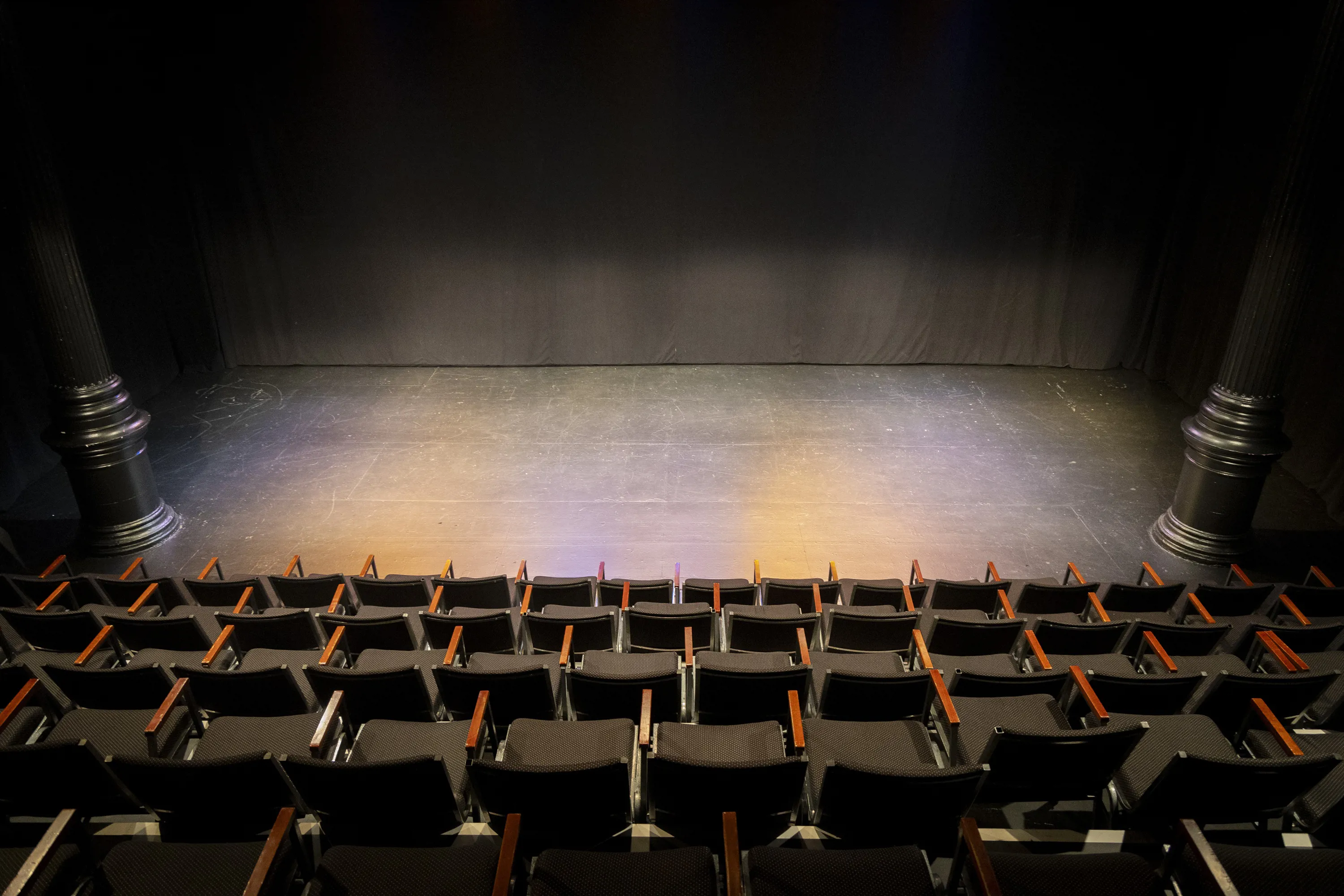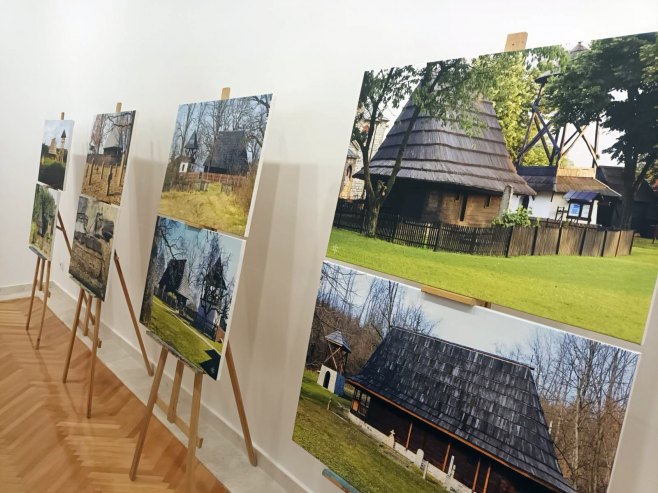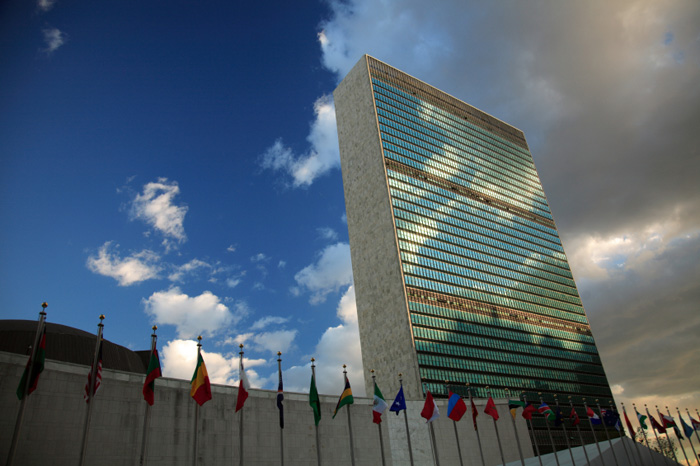Last night, an exhibition of photographs titled “Wooden Churches: Guardians of Tradition” by the artistic photographer Stanko Kostić from Belgrade opened at the Gallery of the Trebinje Museum of Herzegovina.
The exhibition showcases the architectural heritage and craftsmanship of the past masters in the construction of wooden churches, emphasizing the significant historical importance of these structures in folk sacred architecture.
Kostić, speaking to journalists, stated that the exhibition resulted from his research work in Serbia, where he visited 75 wooden churches built between the 18th century and the present day.
“I created a temporal distance where I compared these wooden churches, allowing viewers to see the duration of these places of worship through the wood, as if through a picture book,” said Kostić.
He noted that through the photographs, he revisited the distant past, back to the time of endowments by the Nemanjić dynasty that disappeared due to Turkish oppression. The remaining community began to gather under wooden roofs, mythologizing the glorious Nemanjić past and preserving the culture.
“Turks looked tolerantly upon this, allowing the construction of these small sanctuaries. When they became inconvenient, people easily dismantled them and moved them to other places. In the people’s perception, even among the Turks, they gained the nickname ‘flying churches,’ and even the Turks showed reverence towards these sanctuaries,” said Kostić.
After the exhibition opening, a lecture titled “From Folk House to Folk Church: On the Common Origin of House and Temple in Traditional Architecture” was held by Tihomir Obradović, a graduate architect.
Obradović told reporters that there are differences in construction; the materials had to be of better quality, and everyone contributed.
“Houses are for living, while these were houses for prayer and faith, which sustained us,” said Obradović.
He noted that builders of churches and houses were often ordinary people, and although small in size, these houses were functional and produced many great individuals. Regarding churches, their significance was primarily spiritual.
The exhibition of photographs is open for viewing until February 7
Source: RTRS









